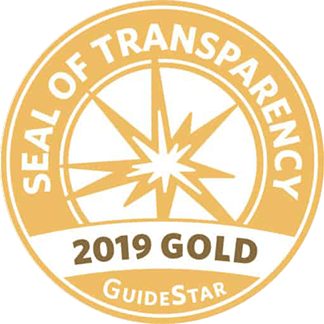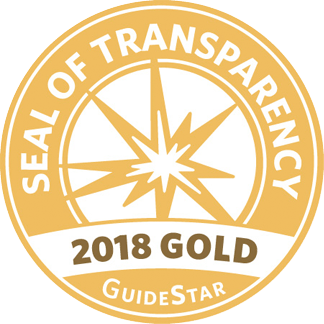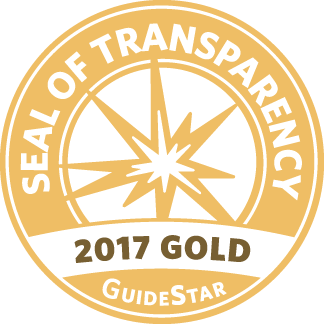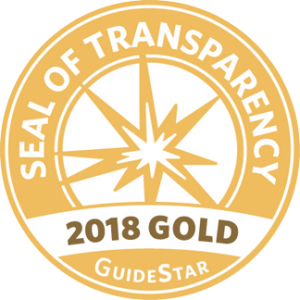Overview of Family Leave Laws in the United States:
California
Updated on March 27, 2024
Return to Family Leave Laws Home | Search Family Leave Laws | Export page as PDF
| California | |
| What purposes can leave be used for? | Disability insurance (DI) can be used for a worker’s own serious off-the-job illness or injury. Paid family leave (PFL) can be used to (1) bond with a child within one year of the child’s birth or placement for foster care or adoption; (2) care for a family member with a serious health condition; (3) address certain military family needs. |
| Who is covered? California, New Jersey, Rhode Island, Washington State, Massachusetts, and Connecticut also provide some coverage for previously covered workers who have a qualifying need for family or medical leave while they are unemployed, while New York and Hawaii also provide some coverage for previously covered workers who have a qualifying need related to the worker’s own health. Details vary by state. States that aren’t currently implementing their programs will also likely provide some coverage for previously covered workers during unemployment, though final regulations will be needed to specify details |
Employees covered by the state unemployment insurance law, except for most public employees, are covered. |
| Are public sector workers automatically covered? Note that no state law covers federal employees. |
No, with a few exceptions. Many public employers can opt in to coverage, but may need to do so through a negotiated agreement with an authorized bargaining unit. |
| Are domestic workers covered? | Yes, subject to a low minimum payment requirement. |
| Can self-employed workers opt-in to coverage? | Yes. |
| What are the requirements to qualify for benefits? | Workers must have earned at least $300 during the base period. The base period is the first 4 of the 5 most recently completed quarters or may include earlier quarters if the worker was unemployed during part of the base period. This can combine income from more than one employer. If a worker was unemployed and actively seeking work for at least 60 days of a quarter or quarters during the base period, that quarter or quarters is excluded from the base period and an equal number of quarters from the period immediately prior to the base period are substituted. |
| What family members are covered? | A family member includes a worker’s child, parent, grandparent, grandchild, sibling, spouse, registered domestic partner, or the parent of a worker’s spouse or registered domestic partner. This list covers family members for whom a worker can take leave to care for when they are seriously ill. Paid family leave can also be used to address certain needs arising from the active duty military service of a worker’s spouse, domes-tic partner, child, or parent. |
| How is the program funded? | Workers cover the full cost of both DI and PFL. Both programs are funded by a single payroll deduction, currently set at 1.1% of wages. The state sets the premium based on a formula set by statute and not to exceed 1.5% of wages (with premiums not applying to wages above an amount based on a formula set by statute). |
| What percentage of wages do workers receive? | Between 60% and 70% of a worker’s average weekly wage, depending on their income Very low-wage workers receive a fixed benefit amount set by statute, which may result in higher wage replacement rates. Beginning in 2025, workers will receive between 70% and 90% of their average weekly wage, depending on their income |
| What is the maximum weekly benefit? | About 100% of the statewide average weekly wage Current: $1,620/week |
| For how long can a worker receive benefits? | Own health: Up to 52 weeks for any period of disability. While technically there is no time limit on receiving benefits, workers cannot receive benefits worth more than 52 times their weekly benefit rate for any continuous period of disability, in effect limiting workers to 52 weeks per continuous period of disability. Family leave: Up to 8 weeks in a 12-month period. California does not specify a cumulative limit. |
| Is there an unpaid waiting period? | Own health: Yes—there is a 7-day unpaid waiting period. Family leave: No. |
| Are workers entitled to have their jobs back when they return? | No. Workers may have protections under other laws, such as the FMLA or the California Family Rights Act. |
| How is the insurance provided? | By default, workers are covered through the state fund. Employers can apply for approval of a voluntary plan, which must provide benefits greater than those available through the state. |
| Statutory Citation | Cal. Unemp. Ins. Code § 2601 et seq. San Francisco has enacted a municipal law that grants additional benefits for parental leave for many workers. |







